New research changes what we thought we knew about galaxies.
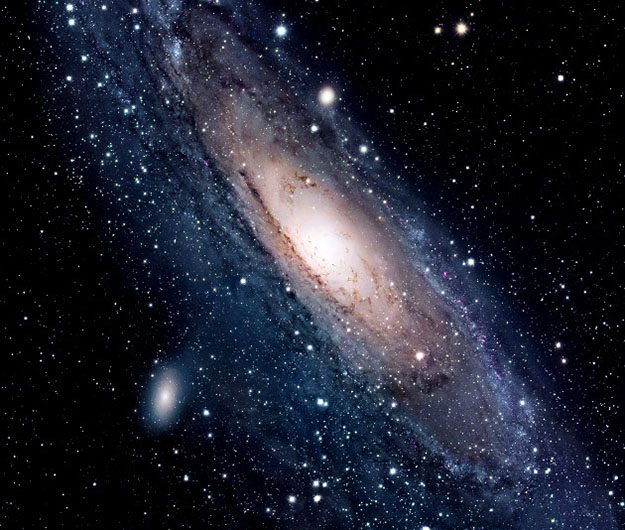
Pictured: The Andromeda galaxy, from source.edu
Last month, Cardiff University astronomers led a discovery on galaxy evolution.
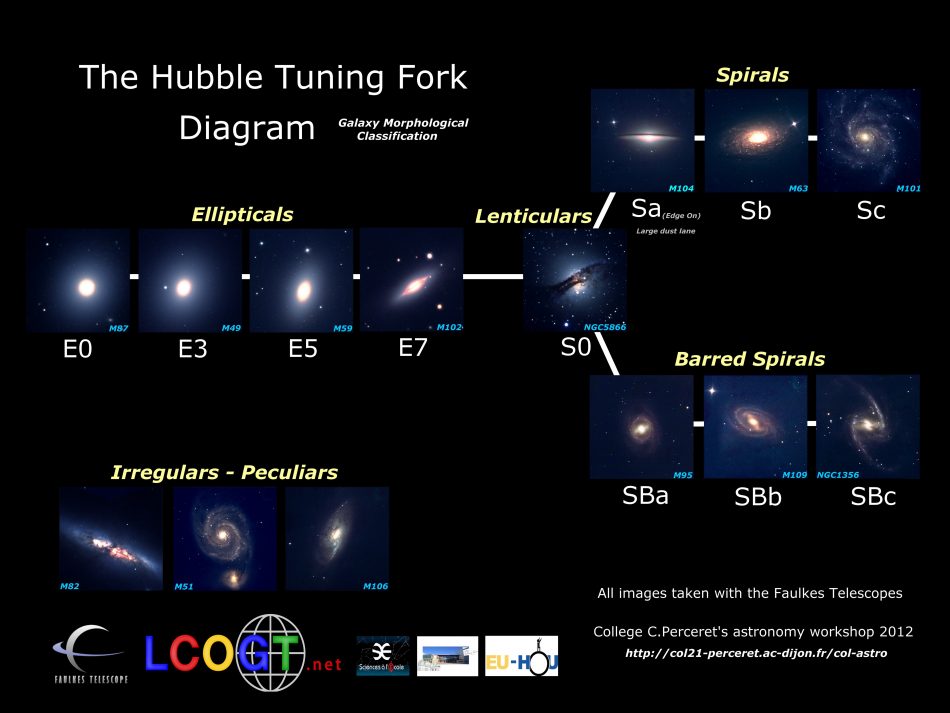
For years, astronomy has categorised galaxies into 2 distinct classes: early-type galaxies and late type galaxies. The Hubble Tuning Fork diagram is commonly used by astronomers to illustrate this.
Early-type galaxies are defined by spiral arms, dominated by gaseous, star-forming regions and blue stars. Late-type galaxies are dominated by bulges and red stars, deficient of gaseous star-forming regions.
They are thought to be two completely different types of galaxies. According to research led by Stephen Eales and 4 other Cardiff astronomers, this is not necessarily the case.
Professor Stephen Eales calls this research that “should basically make everyone round the world realise that they’ve been doing the wrong thing for 20 years.”
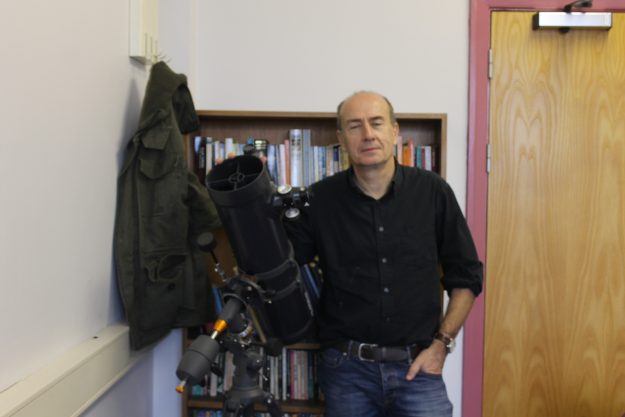
It would now seem that one type of galaxy turns into the other over time. So, this is a more a case of galaxy evolution. “The idea is you have a star-forming galaxy in one population and this turns into the red part after the quenching sequence.” Stephen Eales of Cardiff University, author of the paper publishing these results tells InterCardiff.
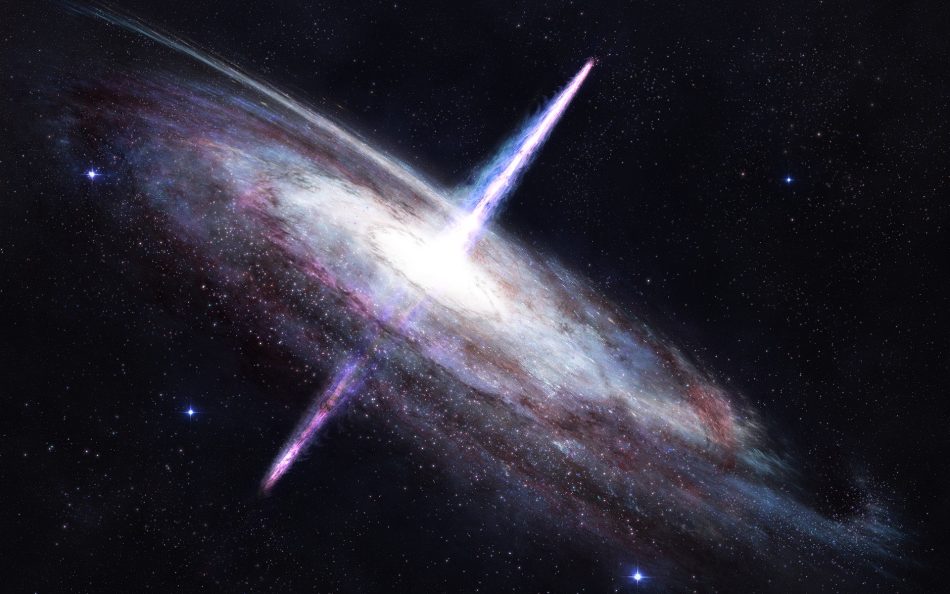
There are different theories for how the evolution of galaxies from being dominated by star forming regions and Population I stars (hot, young and blue stars) into those deficient of gas dominated by Population II stars (cool, older, red stars) may occur.
It may be due to a quasar, an object thought to be powered by a massive black hole, from which jets emanate. Astronomers believe this forms in the middle of the galaxy, extracting its gas, leading to less star formation.
Alternatively, it could be due to a merger of galaxies. As two star-forming galaxies collide, gas is used up in the process. The 100-million-years process could also lead to less star formation, as seen in late-type galaxies.
Moreover, it would seem elliptical galaxies (which fall under the category of late-type galaxies) aren’t completely disk-less, as once believed. Instead, they just have a very faint disk.
This idea is not new. These results move in the footsteps of Michele Cappelari who has been a leader in this conversation and Matt Smith of Cardiff University, who showed elliptical galaxies contain 50% more gas than others thought.
Cardiff was very important for the research, as they have connections with Herschel – a space telescope from ESA (European Space Agency), which cost 1 billion Euros. 323 galaxies were surveyed, at optical wavelengths over 4 years and the research took a few months to put together.
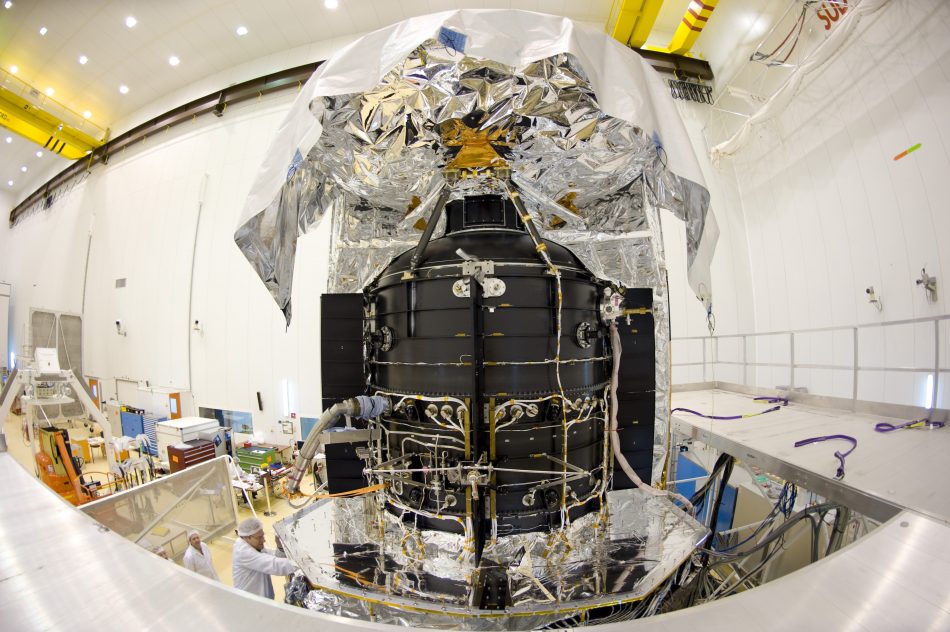
The limitations of this instrumentation though is not great angular resolution. This means the portion of a galaxy being is observed can’t be high. However, Professor Eales explains, “This doesn’t really matter much for our work, as we’re using it for measurement not images.”
Professor Eales is arguing with these findings that galaxies gradually change over time. It will be interesting where the conversation among scientists, moves from here.
